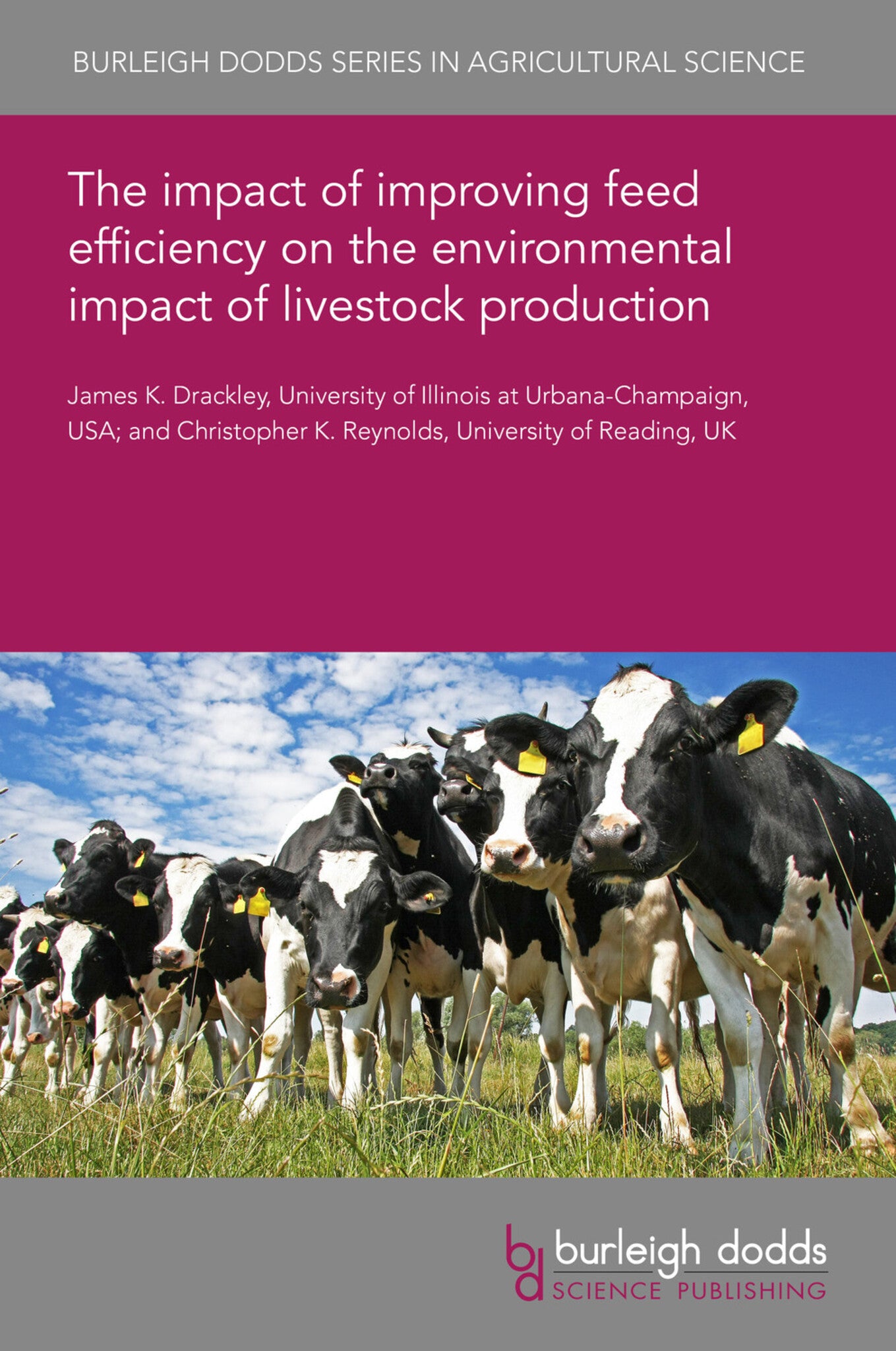We're sorry. An error has occurred
Please cancel or retry.
The impact of improving feed efficiency on the environmental impact of livestock production

Some error occured while loading the Quick View. Please close the Quick View and try reloading the page.
Couldn't load pickup availability
- Format:
-
19 July 2021


TECHNOLOGY & ENGINEERING / Agriculture / Sustainable Agriculture, Dairy farming, TECHNOLOGY & ENGINEERING / Agriculture / Animal Husbandry, SCIENCE / Global Warming & Climate Change, Sustainable agriculture, Climate change

1 Introduction 2 Greenhouse gases and dairy production 3 Origin of methane and reactive nitrogen excretions 4 Feed conversion efficiency 5 Nutritional practices to enhance feed conversion efficiency and decrease CH4 excretion 6 Nutritional practices to increase milk protein efficiency and decrease N2O excretion 7 Genetics and feed conversion efficiency 8 Postabsorptive metabolism and feed conversion efficiency 9 Conclusion 10 Future trends in research 11 Where to look for further information 12 References



